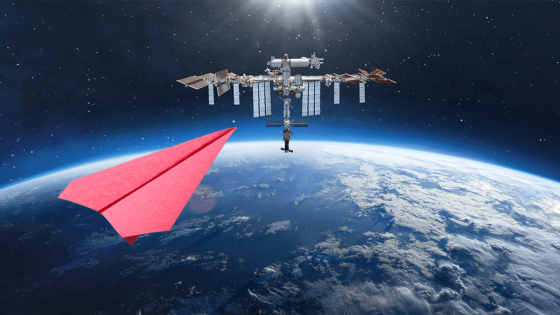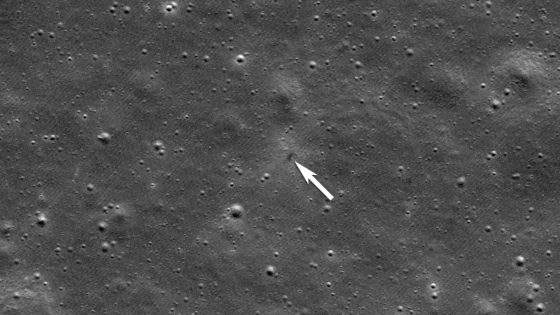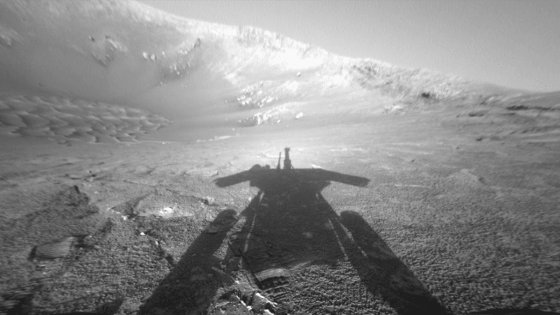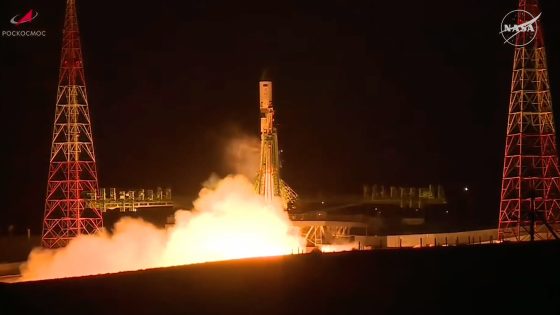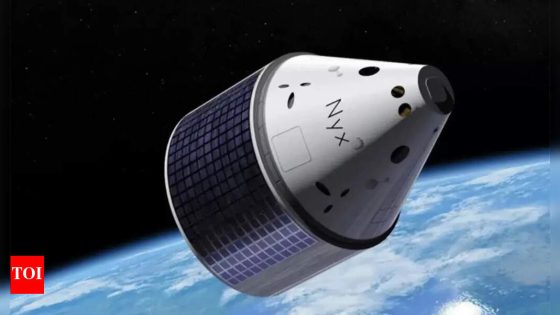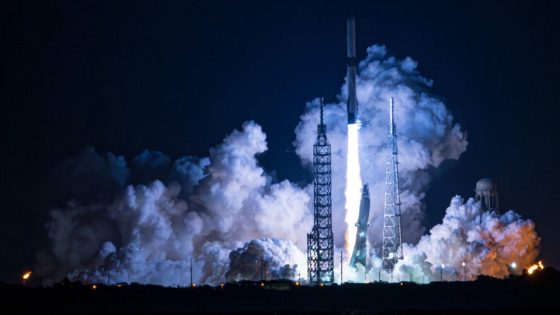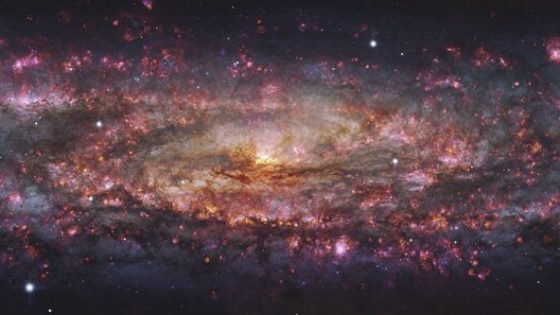The age-old question of what happens when you throw a paper airplane out of the International Space Station (ISS) has been scientifically explored. A recent study published on 2025-07-12 13:12:00 reveals intriguing insights into orbital decay and atmospheric entry. This research not only addresses a playful curiosity but also highlights significant implications for space sustainability.
- Paper airplane experiment conducted from ISS
- Kessler Effect poses orbital debris risks
- Sustainable materials for spacecraft being researched
- Paper airplanes could measure atmospheric density
- Low-cost missions with paper planes suggested
- Study published in Acta Astronautica
As low-Earth orbit becomes increasingly crowded with debris, concerns about the Kessler Effect grow. This phenomenon could lead to catastrophic chain reactions in space, potentially crippling satellite communications and trapping humanity on Earth. How can we mitigate such risks while exploring innovative spacecraft designs?
The study raises important questions about our approach to space debris and sustainable exploration. Could simple designs like paper airplanes lead to innovative solutions? Consider these points:
- Paper airplanes could serve as disposable probes for atmospheric measurements.
- Deployable drag sails may enhance satellite sustainability.
- Organic materials could reduce environmental impact during atmospheric entry.
- Multiple low-cost missions could provide simultaneous data collection.
As we look to the future, integrating creative designs and sustainable materials into spacecraft could revolutionize our approach to space exploration and environmental responsibility. What other innovative ideas might emerge from this playful yet serious inquiry?



